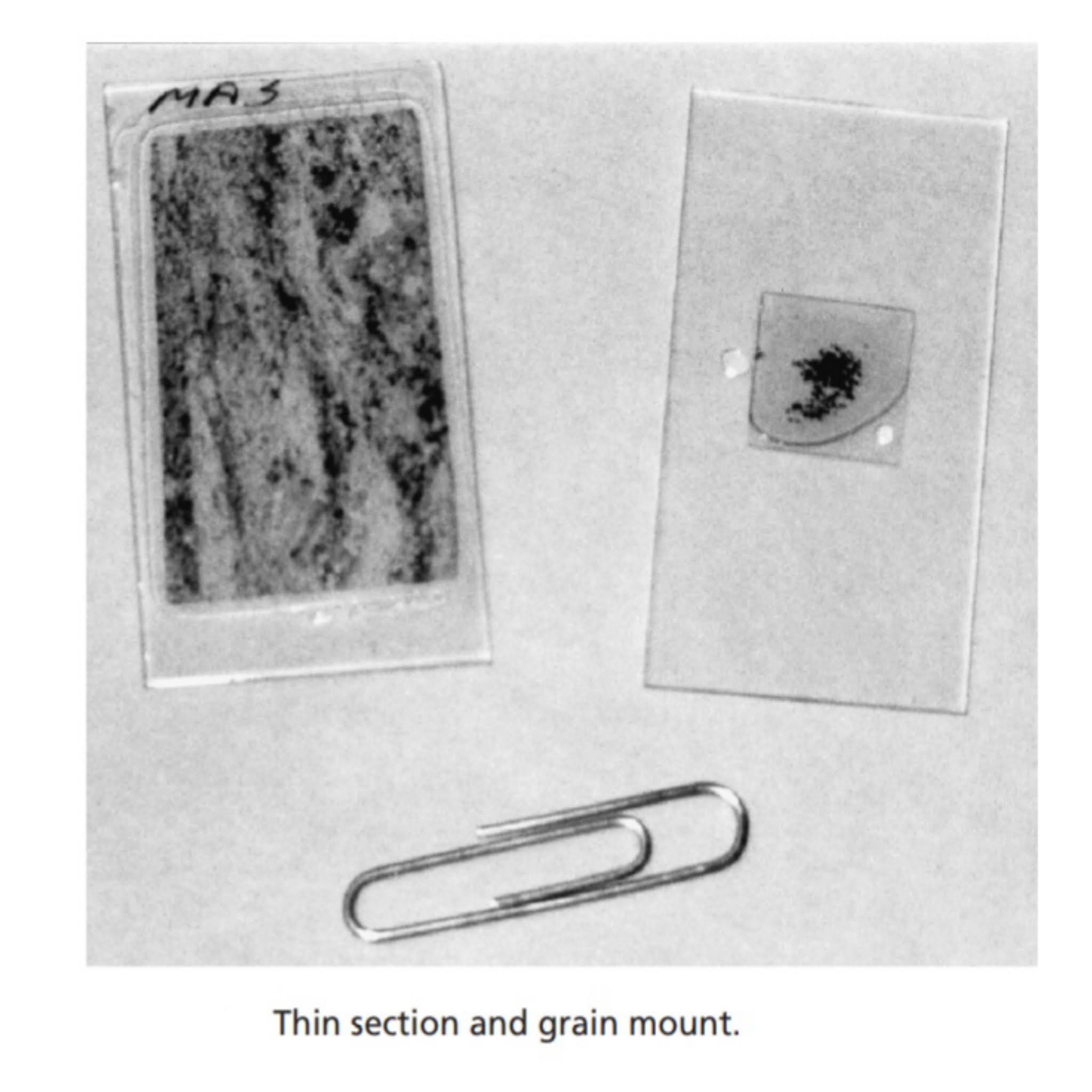You will typically notice diagnostic properties or shortcuts that facilitate speed mineral identification, but the strategy below covers all the key properties. you may would really like to look at style of varied grains, and you need to get accustomed dynamic back and forth between plane polarized (PP) and crossed polarized (XP) light-weight. For routine mineral identification, it has always further to induce Associate in Nursing interference figure and identification area unit usually quite speedy.
Look at the overall skinny section (and at a hand specimen if available):
If you are gazing a thin section of a rock: What moderately rock is it?
How many fully totally different major minerals can it contain?
What area unit the associated minerals?
Examine several grains of constant mineral at a lower place PP light:
Is the mineral opaque or nonopaque?
What color is that the mineral? Rotate the stage. Is it pleochroic? what is the color variation?
What is the crystal type and habit?
What cleavage can it show, if any?
What is its apparent relief?
Now cross the polars to appear at several grains of the mineral at a lower place XP light:
Rotate the stage. Is it identical or anisotropic?
If anisotropic:
Rotate the stage. what is the vary of interference colors? Estimate the foremost refraction by gazing grains with the easiest order of interference colors.
For minerals with a drawn-out dimension of principal cleavage: what is the most extinction angle? Is it length fast or length slow?
Is the mineral twinned? If so, what varieties of twins?
If necessary, acquire Associate in Nursing interference figure. you may got to try several fully totally different grains to urge one that is useful:
Is the mineral uniaxial or biaxial?
What is its optic sign?
If biaxial:
Estimate 2V.

